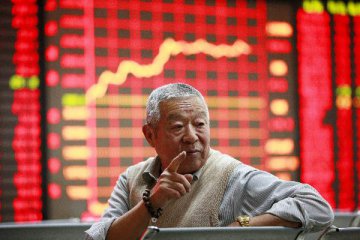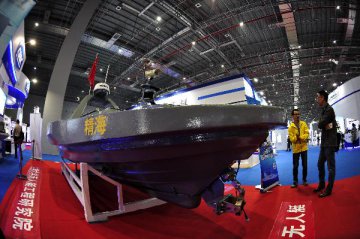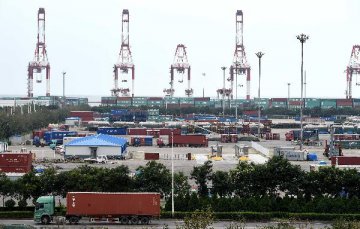
China's newly-released Five-Year Plan has attracted worldwide attention and sparked a buzz as it lays out the development guidelines and targets of the world's second-largest economy in the next five years, whose development and prosperity will benefit the world as a whole.
Economic development remains China's top priority. Against the backdrop of increasingly intertwined relations with the international community, China, with such a blueprint, will remain a dynamic engine of the global economy in the next five years.
The proposal aims to make China become a "moderately prosperous society" by 2020 through maintaining medium-high growth, giving domestic consumption full play in driving the economy, speeding up the urbanization process and improving people's livelihood.
Over the past five years, China has contributed about 40 percent of global income growth. The IMF forecasts that China's economy will be 44 percent bigger in 2020 than now. This means that China will remain the leading source of global growth.
The improvement of Chinese people's livelihood will have a direct impact on the living standard of all human beings because of China's large population. A small step for China is a big one for the world. Since the reform and opening-up, China has helped more than 600 million people leave poverty behind, accounting for 70 percent of poverty-stricken people worldwide over the same period.
Firstly, the transformation of the Chinese economy from an investment and export-driven mode to a consumption-oriented one has a spillover effect on other countries as a larger Chinese middle-income group will generate more demand for foreign commodities and services.
Secondly, the opening-up was highlighted in the five-year plan along with innovation, coordinated and green development as well as sharing to establish a far-ranging community of shared interests.
The proposal reiterated that China continues to open itself up to the world and participate more in global governance and trade. The country will attract more foreign investors, and bring extra funds and industrial capacity to other countries at the same time.
In fact, over the past years, China has helped many countries in Africa, Latin America and Central Asia improve traffic infrastructure with technologically advanced and low-priced high-speed railways, which have been applauded by those countries.
What's more, China has made the Belt and Road initiative part of its five-year plan, which demonstrates the Chinese government's determination to promote pragmatic and win-win cooperation among countries along the routes, and to create a new opening-up pattern towards both the East and the West.
Together with the Belt and Road initiative, the Asian Infrastructure Investment Bank (AIIB) initiated by China plays an active role in financing infrastructure projects in Asia, and will promote the sustainable development of the region.
Focus on 13th Five-Year Plan > Analysis and Comment
























Latest comments